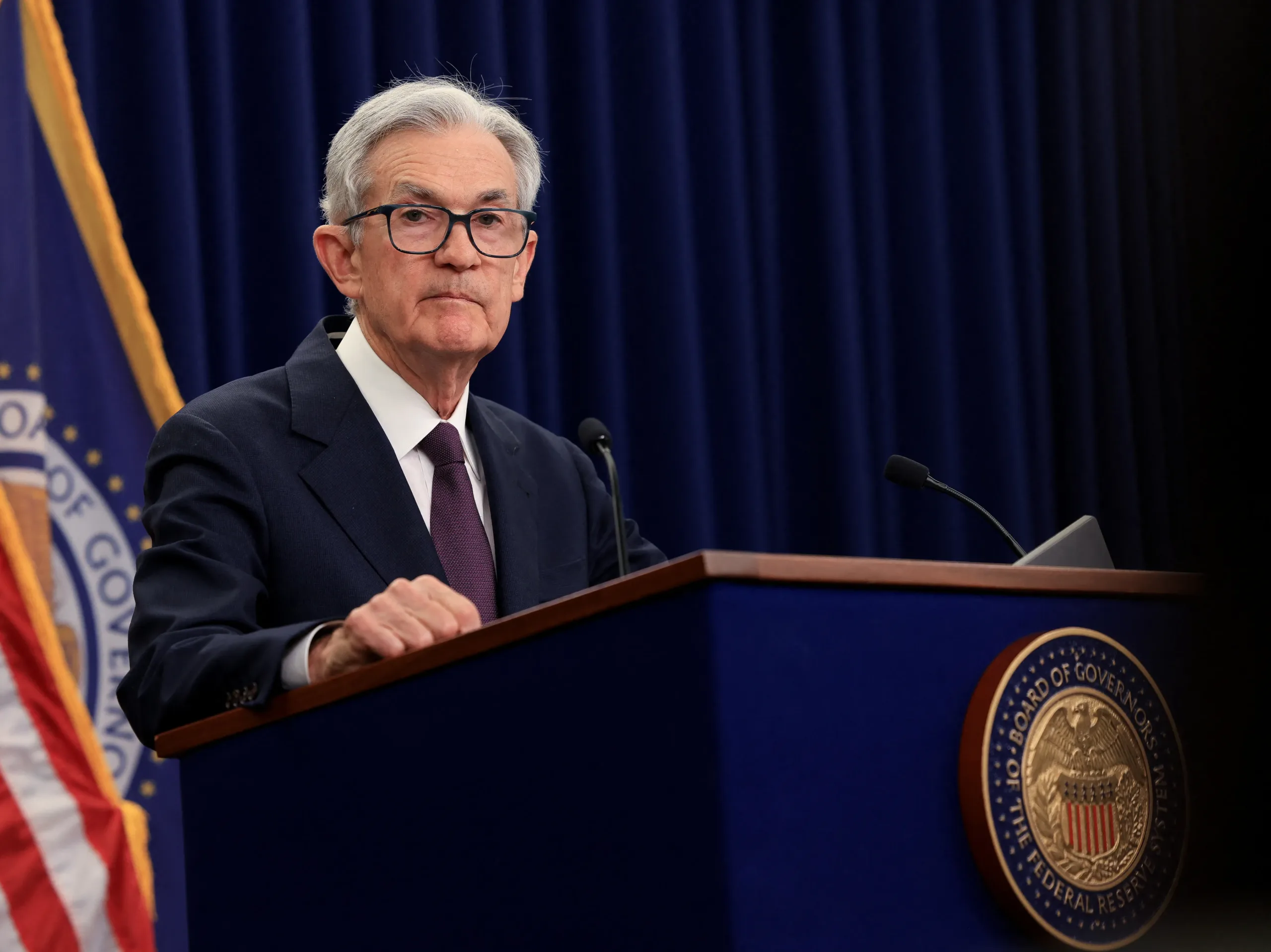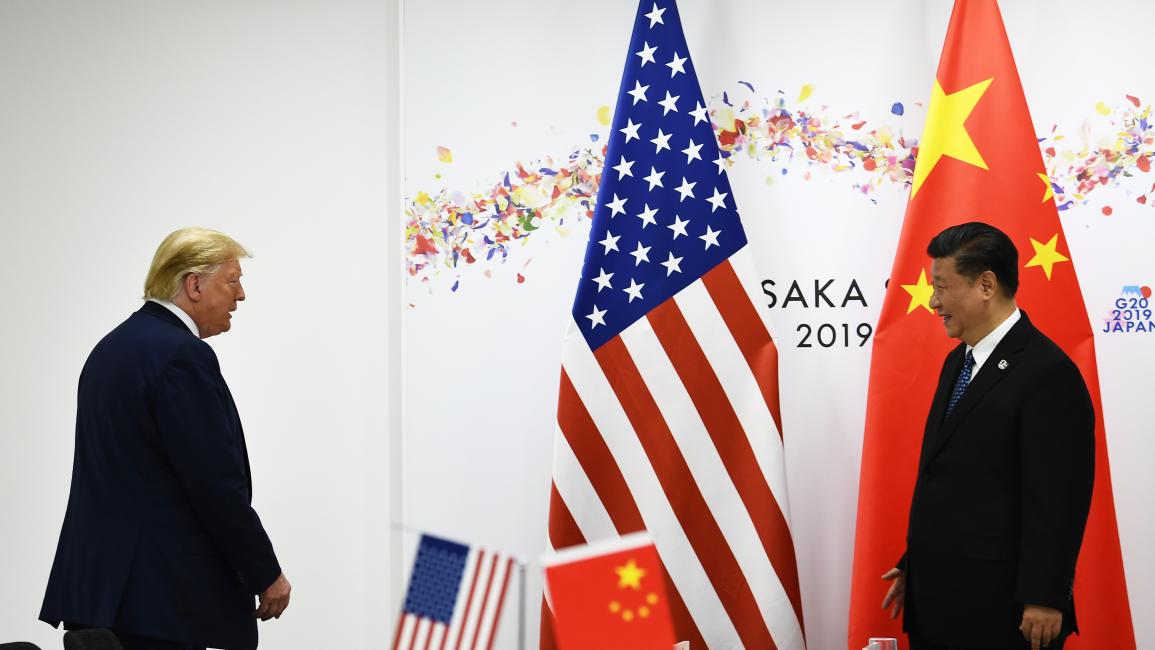Federal Reserve Raises Rates Again Amid Inflation Fears: What It Means for Americans

In a move that rattled markets and reignited debate in Washington, the Federal Reserve this week announced another interest rate hike aimed at controlling inflation. The decision — closely watched by investors, businesses, and households alike — marks the latest chapter in a high-stakes balancing act between slowing price growth and avoiding recession.
Coverage from Fox News, CNN, Reuters, and Bloomberg paints a complex picture: inflation is easing but remains above target, while the broader economy shows signs of both resilience and strain.
Why the Fed Took Action
Federal Reserve Chair Jerome Powell told reporters the decision was driven by data showing stubborn core inflation, especially in services and housing. While energy prices have fallen since last year’s peaks, underlying price pressures remain.
Economists interviewed by Reuters argue the Fed had little choice but to act, warning that letting inflation expectations rise could do lasting damage.
How It Affects Borrowers and Savers
For everyday Americans, higher interest rates mean costlier mortgages, car loans, and credit card debt. Financial analysts at Fox estimate that each quarter-point hike adds roughly $25 per month to a typical 30-year mortgage payment.
At the same time, savers may benefit as banks raise rates on savings accounts and certificates of deposit.
Mixed Signals in the Economy
Despite tighter monetary policy, the job market remains historically strong, with unemployment near 50-year lows. Yet reports from CNN and Bloomberg highlight signs of cooling: slower retail sales, rising credit card balances, and softer demand in housing.
The market response has been volatile, with stock indexes swinging sharply on Fed announcements and economic data releases.
Political Reactions
The rate hike drew quick reactions across the political spectrum. Some lawmakers in washington praised the Fed for sticking to its mandate, while others warned that aggressive tightening could push the usa into recession.
Donald Trump and other Republican figures criticized the move, blaming the Biden administration’s spending policies for high inflation. Democrats countered that inflation reflects global factors beyond domestic control.
Inflation’s Real-World Impact
For millions of families, the data debate feels abstract compared to real-life struggles. Grocery bills, rent, and childcare costs remain high. According to surveys cited by CNN and Fox News, inflation remains the top economic concern for most Americans.
Even as wage growth has accelerated, it hasn’t fully kept pace with rising prices over the past two years.
The Fed’s Long-Term Strategy
Chair jeromepowell signaled the central bank may pause further hikes to assess their impact but left the door open to more action if inflation proves persistent.
Economists debate whether the Fed can achieve a “soft landing”: slowing inflation without triggering a sharp rise in unemployment.
Global Implications
America’s monetary policy affects more than domestic consumers. A stronger dollar, driven by higher U.S. rates, raises borrowing costs for emerging markets and makes American exports more expensive.
According to Reuters and Bloomberg, foreign central banks must weigh whether to follow the Fed’s lead or risk capital outflows.
Business Reactions
Businesses across sectors face higher borrowing costs. Small business owners interviewed by Fox report delaying expansion plans, while real estate developers cite challenges financing new projects.
Yet some large firms benefit from higher rates on cash reserves, creating a mixed picture.
What Financial Advisors Recommend
Experts suggest consumers pay down variable-rate debt, build emergency savings, and consider locking in fixed mortgage rates. For investors, diversification remains key amid market volatility.
Financial planners warn against making rash moves based solely on headlines, advising a long-term perspective.
The Role of Media and Public Perception
Outlets like foxnews, CNN, and new digital platforms shape public understanding of complex policy debates. Analysts note that media framing can influence market psychology and political pressure on the Fed.
Public confidence plays a real role in economic outcomes: if consumers expect inflation to stay high, spending behavior can make it a self-fulfilling prophecy.
Historical Context
This isn’t the first time the Fed has faced tough trade-offs. In the early 1980s, then-Chair Paul Volcker raised rates sharply to tame double-digit inflation, triggering a recession but ultimately restoring price stability.
Today’s inflation levels are lower, but the political and economic stakes remain high.
Could Higher Rates Spark a Recession?
Some economists see warning signs: slowing corporate profits, rising consumer debt delinquencies, and weakening manufacturing. Others argue the strong labor market and resilient consumer spending point to continued growth.
The debate underscores how uncertain the path ahead remains.
What Comes Next
Most forecasts expect the Fed to hold rates steady at its next meeting, pending fresh data on inflation and job growth. Yet surprises — from geopolitical shocks to unexpected economic slowdowns — could force new decisions.
Investors and consumers alike watch each Fed statement for clues.
Conclusion
The Federal Reserve’s latest move reflects its core mission: keeping inflation in check while supporting sustainable growth. For households, businesses, and markets, the consequences are immediate and far-reaching.
Whether America achieves a “soft landing” or faces a downturn will shape not just balance sheets but political fortunes — and daily life for millions.




